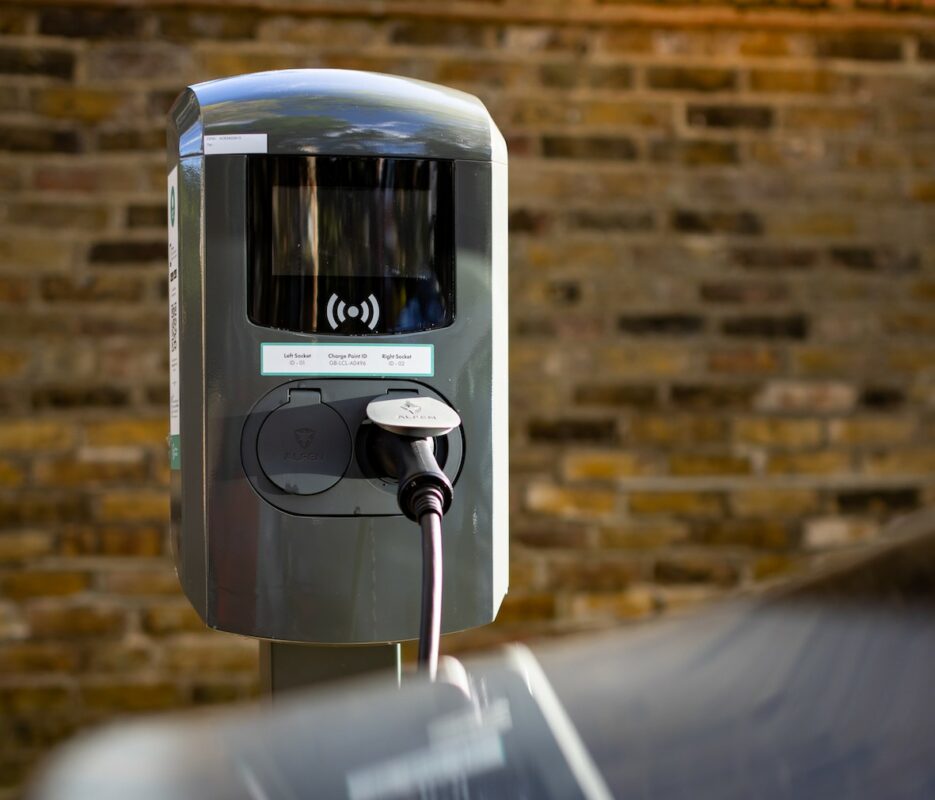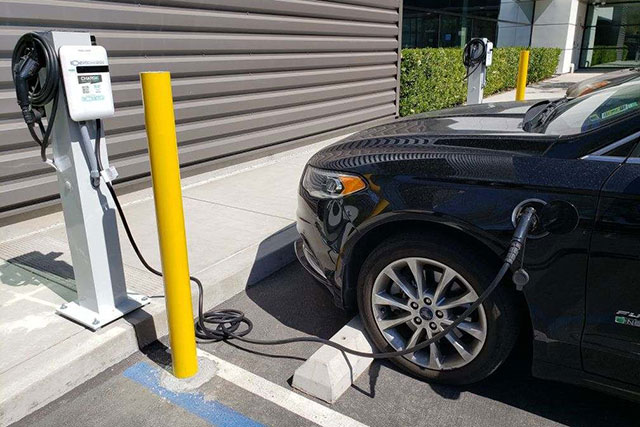What’s Driving the Growth of EV Infrastructure? Buy EV Charging news for Key Updates
What’s Driving the Growth of EV Infrastructure? Buy EV Charging news for Key Updates
Blog Article
New Developments in EV Charging: How the Sector Is Developing to Meet Need
As the electric car (EV) market proceeds to increase, the billing facilities is going through significant transformations to attend to the rising demand. The implications of these developments raise crucial concerns concerning the future of EV charging and its function in the broader energy environment.
Development of Billing Infrastructure
The fast growth of electrical car (EV) billing facilities is an important component in facilitating the prevalent adoption of electrical mobility. As governments, private firms, and consumers progressively acknowledge the importance of lowering carbon exhausts, investments accountable networks have risen. This facilities growth is necessary to alleviate variety stress and anxiety, making certain that EV users have practical accessibility to charging stations.
Substantial improvements in billing station innovation and implementation approaches have emerged. Urban areas are seeing a spreading of public billing stations, while rural areas are slowly being incorporated into the billing network. Collaborations between auto makers and charging carriers are becoming extra typical, facilitating the establishment of thorough networks that improve individual experience and ease of access.
Additionally, the combination of eco-friendly power resources right into charging terminals is getting energy, advertising sustainability in the EV ecological community. This change not just sustains ecological goals yet also lines up with the climbing demand for eco-friendly power options amongst customers.
Ultra-Fast Charging Technologies
Ultra-fast billing modern technologies stand for a considerable jump forward in the EV charging landscape, making it possible for electric lorries to reenergize in a portion of the time contrasted to traditional billing approaches. These advancements normally provide power levels surpassing 150 kW, with some systems reaching up to 350 kW or even more, considerably reducing charging times to just 15-30 minutes for a considerable cost.
Secret allowing technologies consist of advancements in battery chemistry, power electronics, and thermal monitoring systems. For instance, high-capacity batteries with enhanced thermal security permit for faster charging without overheating. Additionally, advancements in billing infrastructure, such as liquid-cooled cable televisions and modular billing terminals, help with effective power transfer, boosting the total user experience
Major vehicle manufacturers and innovation companies are proactively spending in ultra-fast billing networks, identifying the important role they play in overcoming variety anxiousness and speeding up the fostering of electrical vehicles. As these technologies become much more extensively available, the EV market is expected to witness considerable development, making electrical mobility a more attractive option for customers. On the whole, ultra-fast charging innovations are pivotal in shaping the future of sustainable transportation, paving the means for an extra efficient and extensive charging ecosystem.
Smart Grid Integration

Through demand reaction techniques, wise grid systems can change charging routines based on grid conditions and electricity pricing. During durations of high need, charging can be postponed to off-peak hours, resulting in lower expenses for consumers and reduced strain on the grid. In addition, vehicle-to-grid (V2G) technologies make it possible for EVs to release energy back into the grid, improving and offering ancillary solutions grid stability.
Integration with renewable power resources better improves the sustainability of EV charging. By straightening billing activities with durations of high solar or wind generation, wise grids promote a greener billing infrastructure. Inevitably, clever grid combination not just supports the growing need for EVs but additionally adds to a much more sustainable and resilient power future, positioning the sector for long-lasting success.
Battery Advancements
Amidst the quick development of electric lorries (EVs), battery developments stand at the forefront, driving innovations in efficiency, sustainability, and effectiveness. As the demand link for EVs rises, suppliers and researchers are concentrating on boosting battery innovations to address difficulties such as variety anxiety and charging times.
Lithium-ion batteries continue to be the most widely used modern technology, yet brand-new products and chemistries are arising to improve energy density and longevity. Solid-state batteries, for instance, promise higher energy storage capability and improved safety and visit this page security by changing fluid electrolytes with strong ones. This shift might dramatically lower the threat of fire and raise the life-span of batteries.
Furthermore, advancements in battery recycling processes are essential for sustainability. Companies are developing methods to recover valuable products like lithium, cobalt, and nickel from made use of batteries, promoting a circular economy and decreasing environmental influence.

International Billing Standards

Efforts are underway to establish worldwide billing criteria that promote compatibility among different EV designs and billing terminals. Organizations such as the International Electrotechnical More Bonuses Compensation (IEC) and the Society of Automotive Engineers (SAE) are working collaboratively with vehicle suppliers and power companies to produce detailed standards. EV Charging news. These criteria purpose to improve the charging process, minimize the requirement for several adapters, and improve individual experience
In addition, standardization can dramatically strengthen the development of the billing network, as it urges financial investment by making framework growth a lot more foreseeable and effective. As the EV market matures, a unified approach to billing criteria will certainly be crucial for making sure that consumers can charge their vehicles conveniently and accurately, therefore sustaining the wider shift to sustainable transportation.
Verdict
The electrical automobile charging industry is undertaking substantial improvement to attend to the surging demand for lasting transport. Improvements in billing facilities, ultra-fast technologies, smart grid integration, and cutting-edge battery services are pivotal in enhancing individual experience and operational efficiency. The pursuit of international billing standards is essential for making sure interoperability across various regions and systems. Jointly, these developments place the industry to support a broader fostering of electric automobiles, ultimately adding to a much more lasting future.
Urban locations are seeing a spreading of public charging stations, while country areas are gradually being integrated into the billing network. In addition, developments in charging facilities, such as liquid-cooled wires and modular charging stations, help with effective power transfer, enhancing the general individual experience.
Overall, ultra-fast billing technologies are critical in shaping the future of sustainable transportation, paving the method for a much more considerable and efficient billing community. - EV Charging news
By lining up charging activities with durations of high solar or wind generation, wise grids advertise a greener charging facilities.Efforts are underway to establish global charging standards that facilitate compatibility amongst numerous EV versions and billing terminals.
Report this page